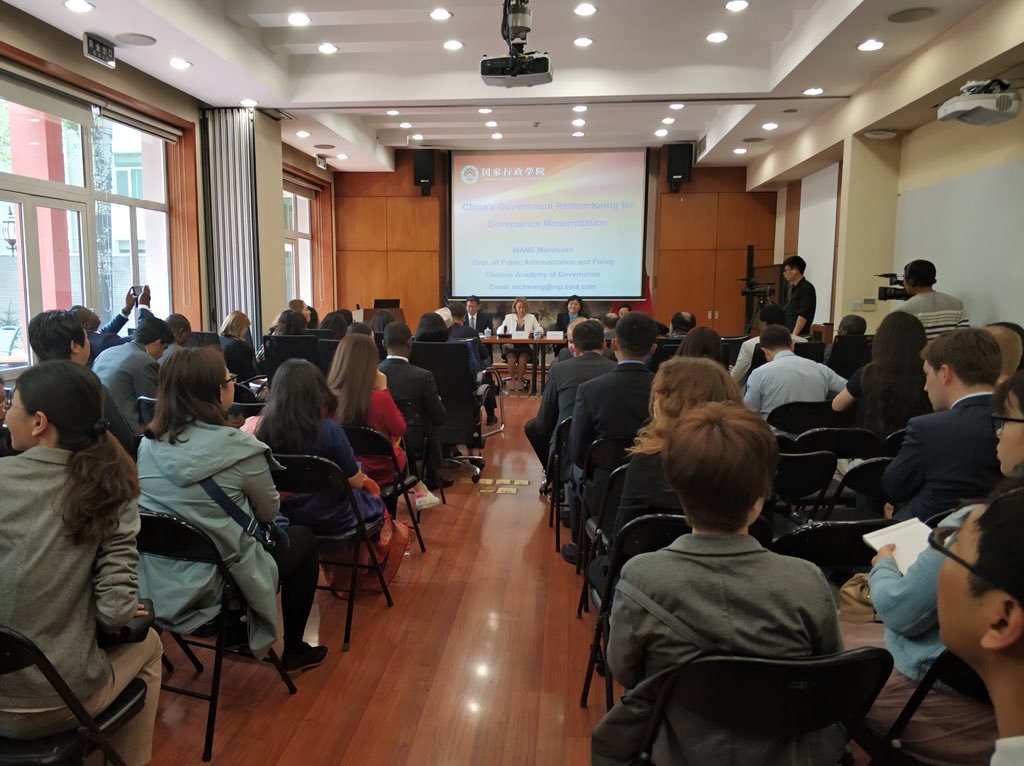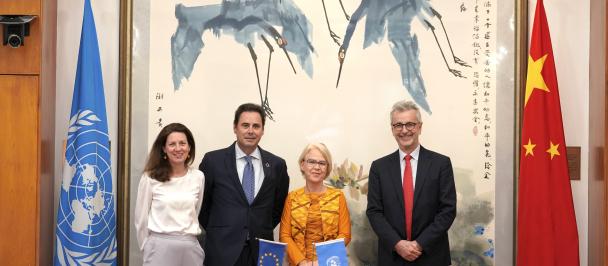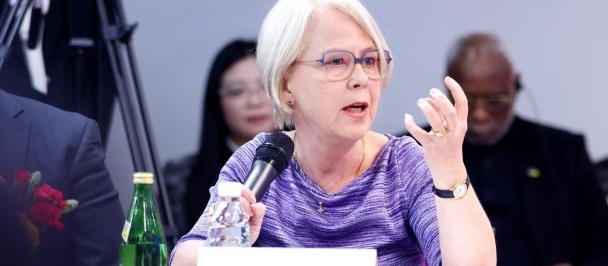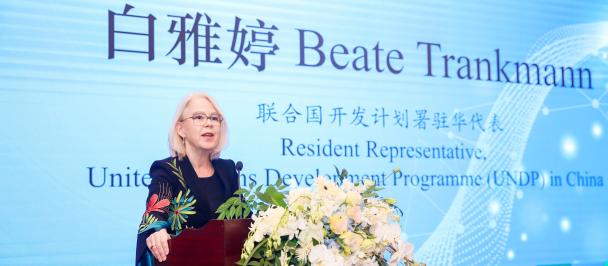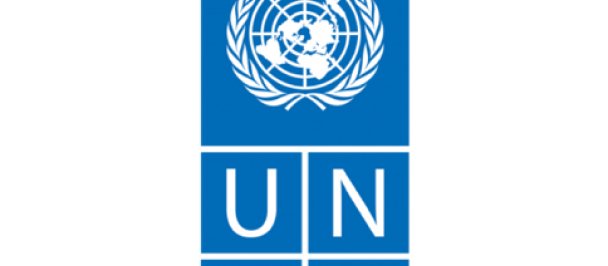At UNDP we regularly receive inquiries from international development actors, especially from traditional development donors, on the what, why and how China is implementing its development cooperation.
The questions we often get are: how does the Chinese system work? How to engage with China effectively? From the perspective of outsiders, it may feel like there are many untold mysteries in China’s evolving development strategies and practices. The establishment of China’s development agency (China International Development Cooperation Agency) has particularly drawn attention.
UNDP, with its unique development mandate and impartial role, has long facilitated regular exchanges and dialogues in Beijing to boost mutual understanding of China and the rest of the world. Now, with a flexible funding arrangement from Australia’s Department of Foreign Affairs and Trade (DFAT), we have been able to continue to carry out these activities more frequently and on a more in-depth level, as well as conduct new studies based on new developments and demand.
From August 2018 till June 2019, close to 300 participants from donor countries, partner countries and international organizations have joined around 10 events and meetings on the topic of China’s global strategies and development cooperation practices. UNDP has been providing the most interesting and up-to-date content on the table and the most rewarding result for us is the audience keeps coming back to the meetings bringing their different voices.
One of these meetings were held a few days after the new CIDCA released its draft Administrative Measures for Foreign Aid in Chinese in end 2018. UNDP quickly translated the Measures in-house and shared all updated information with a lager donor group in Beijing. UNDP, along with other UN entities as well as some of the traditional donors were thus able to submit comments to CIDCA during the short window for public comments. After this discussion, the EU was able to organize another meeting for its member states and submitted all their comments collectively to CIDCA afterwards.
It’s quite often that we get used to existing partnerships and feel comfortable with not knowing what’s out there. In the field of development in China, each of us have a few of our own steady partnerships which were cultivated in certain areas we work in and relationships we have been investing in. Whereas having a full picture in mind will help us expand the working areas, diversify partnerships and identify the best approaches.
The China development cooperation structure and modalities is fast evolving, and with a high number of actors. Due to this complexity of Chinese development actors, including those on the ground implementing China Aid are often overlooked or not engaged by all development partners. The responsibilities and working areas of different ministries and government departments would also benefit from more transparency and articulation.
With this in mind, we decided to conduct a mapping of all Chinese institutions involved in South-South and trilateral cooperation. The list is long, in which around 100 organizations are included. This year, we identified and interviewed 25 key governmental departments and institutes to hear whether and how they were engaging in trilateral cooperation with traditional donors.
Conversely, it is also important for the Chinese side to understand the approaches and principles of traditional development actors. To complement with the previous mentioned study, we conducted another mapping on international development partners, including traditional donors based in Beijing, partnering with Chinese entities on trilateral cooperation in a third country.
Here, we interviewed 20 embassies/organizations based in Beijing, to gain insight on how their engagement with China came about, the topics, modalities and strategies applied. We hope this is useful for Chinese entities as well as other bilateral partners looking for initiating trilateral cooperation with China.
Both reports are being finalized and will be launched at a trilateral seminar planned in the end of November/early December this year in Beijing.
Development cooperation, and the discourse on development effectiveness, is evolving with new partners and modalities. The world has 11 years only to deliver on the 2030 Agenda. It is now more important than ever to anchor all development efforts with the SDGs as a starting point and build a common understanding for further collaboration and coordination. The first step toward this is getting to know the others. Thankfully with partners like DFAT, mutual exchanges and learning from many of these partners are becoming a reality in Beijing.

 Locations
Locations